MOSQUITO 101
3 CLASSES OF MOSQUITO IN MARYLAND/VIRGINIA
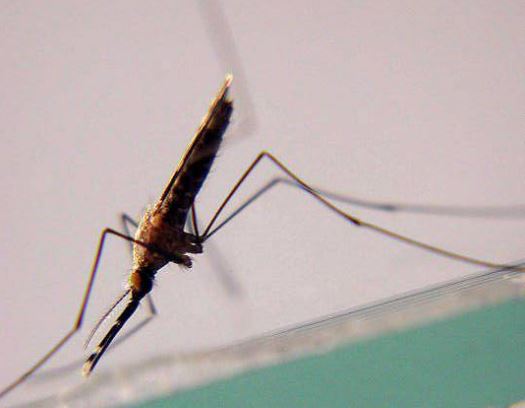
Anopheles quadrimaculatus
Mosquito Facts / Information
• 3,000 different species in the world
• Males do not bite animals or humans
• Females do bite
• Attracted to CO 2 , 100-150 feet away and then to body heat
• Punctures skin with Proboscis
• Can transmit disease
THE HODGSON’S HOME SERVICES DIFFERENCE
- Attacking the adults as well as the eggs and larvae
- Patented formula allows the liquid to spread from the top of the leaf to the underside, making it more effective and longer lasting
- 30-45 day treatments – or sooner if requested
- 5 Services for our part of country – April to September
- All Natural Alternatives
- We learn the habits of YOUR mosquitos so we can effectively remove them from your environment
- Platinum Program leases ongoing Mosquito Destroyer for round-the-clock protection
PRICING
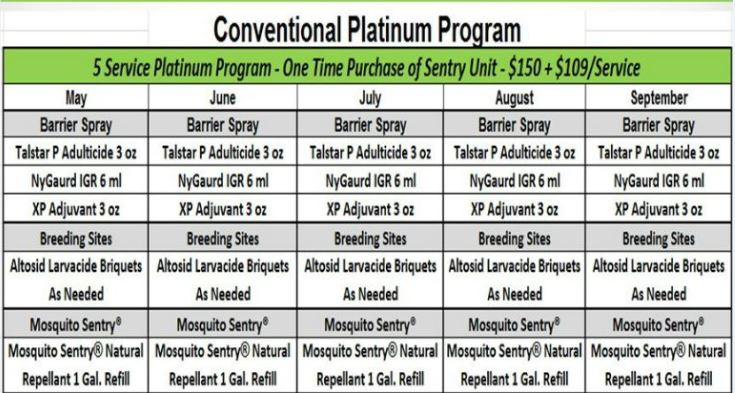
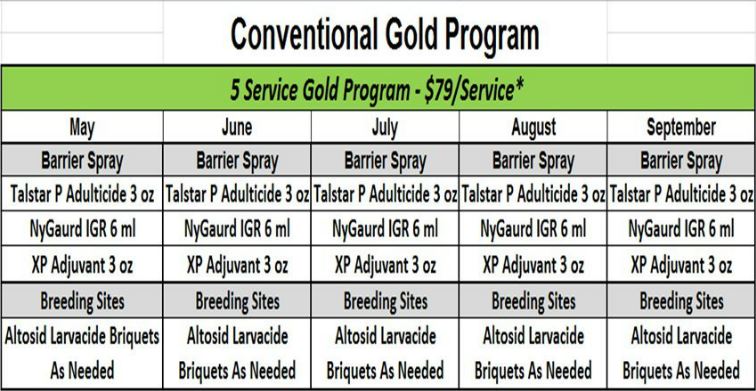
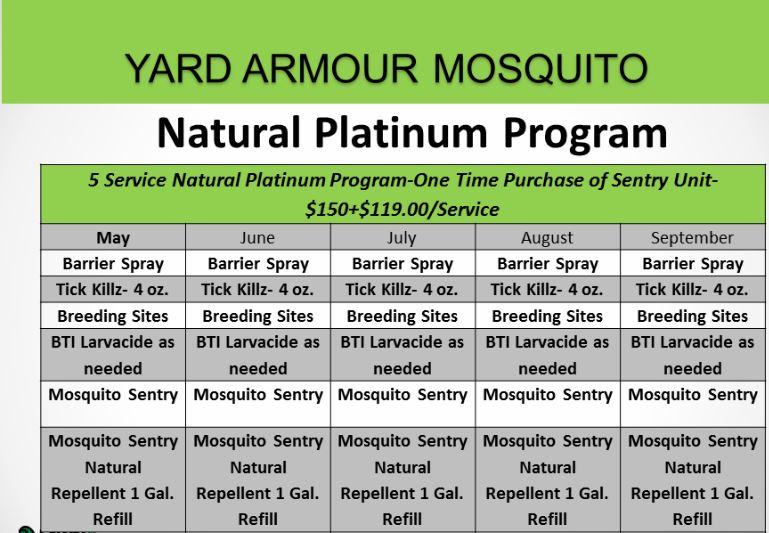
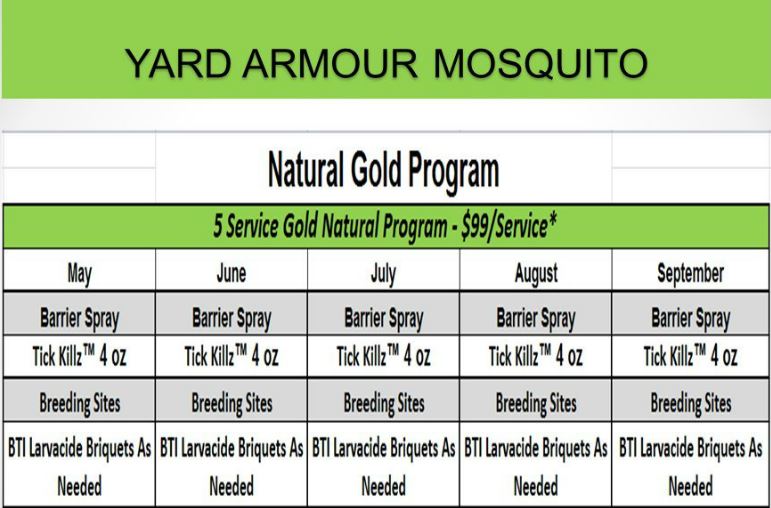
EVERYTHING YOU WANTED TO KNOW ABOUT MOSQUITOS
Three groups of mosquitoes based on where and how their eggs are laid • After the blood meal, the female will lay her eggs: • Anopheles – singly on water, eggs with floats, usually hatch within a few days • Culex – in rafts on water with up to 100+ eggs per raft usually hatch within a few days • Aedes – singly in semi-dry places such as moist soil near water, do not hatch until water has risen and inundates them, can lie dormant for up to 3-5 years
Culex • Culex pipiens, the Northern House Mosquito and Culex quinquefasciatus, the Southern House Mosquito • Lays eggs in rafts in a variety of habitats such as; temporary ground water that ranges from mildly to grossly polluted. The species also deposits its eggs in artificial containers including tin cans, tires and any refuse that allows stagnant water to puddle • Larvae are vertical in the water, perpendicular to the surface • Adults rest with body flat to a surface • Feeds high in the canopy – Think 15-25 ft high for treatment of adults • West Nile vector
Aedes • Eggs are deposited either just above the water level or on the surface of the water. • Winter is passed in the egg stage. • It is considered a domestic species since it seems to prefer the artificial breeding sites provided by people. For example, old tires, plastic tarps and other man-made containers. It readily feeds on people. • Very persistent and painful daytime biter. • The tiger mosquito is an introduced species from Southeast Asia • It has been successful in eliminating the yellow fever mosquito in some areas, but become a troublesome backyard mosquito. • Is a weak but speedy flier. • The tiger mosquito is a shy mosquito, and sensitive to the slightest movement by the host. • May bite one person many times in a short period to obtain her complete blood meal. • Prefers to bite people below the waste • Spends much of the time resting in lower vegetation in our backyards, waiting to ambush the unsuspecting.
Anopheles • Anopheline adults rest with their abdomens positioned at a discrete angle to the surface, whereas other species keep their bodies parallel to the surface (Rutledge et al. 2005). • Females deposit eggs individually on the surface of the water. Preferred oviposition sites include fresh water streams, ponds, and lakes with aquatic vegetation (Carpenter and LaCasse 1955). • The eggs are unique in having floats on either side. The eggs of Anopheles quadrimaculatus cannot survive drying/desiccation; • The larvae lie horizontally at the surface of the water where they filter feed on organic material (O’Malley 1992). • They do not possess the breathing siphon present in other mosquito genera. They obtain oxygen through the palmate hairs along the abdomen • Adult An. quadrimaculatus overwinter as fertilized females in colder climates. • The overwintering adults stay in protected shelters such as barns, tree holes, and other dark protected areas (Magnarelli 1975). • The peaks of feeding are at dusk and dawn; • Malaria vector